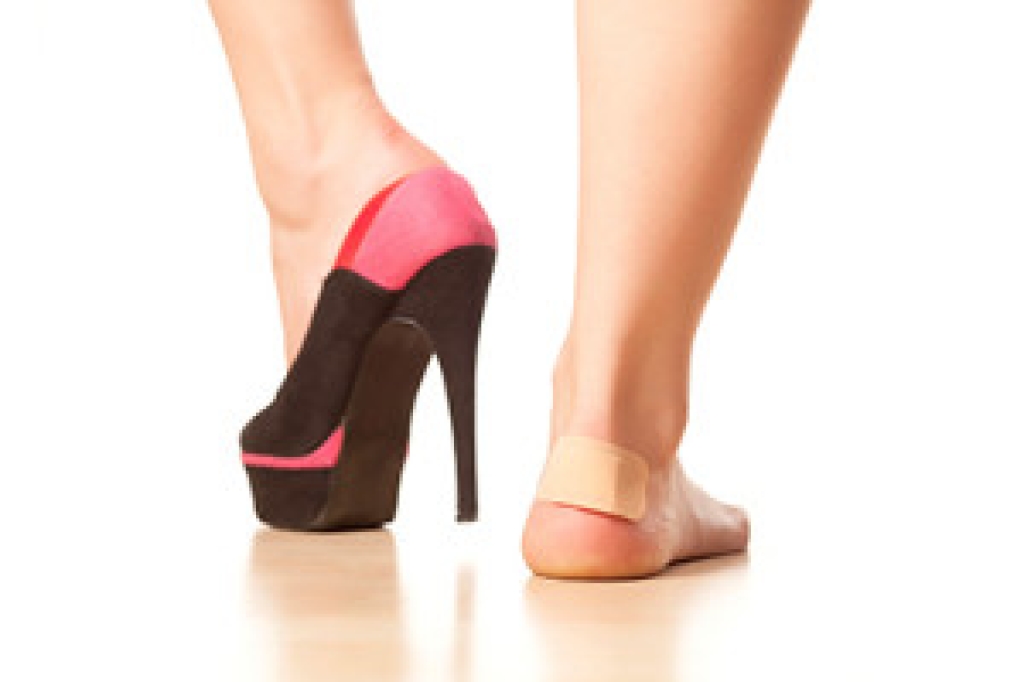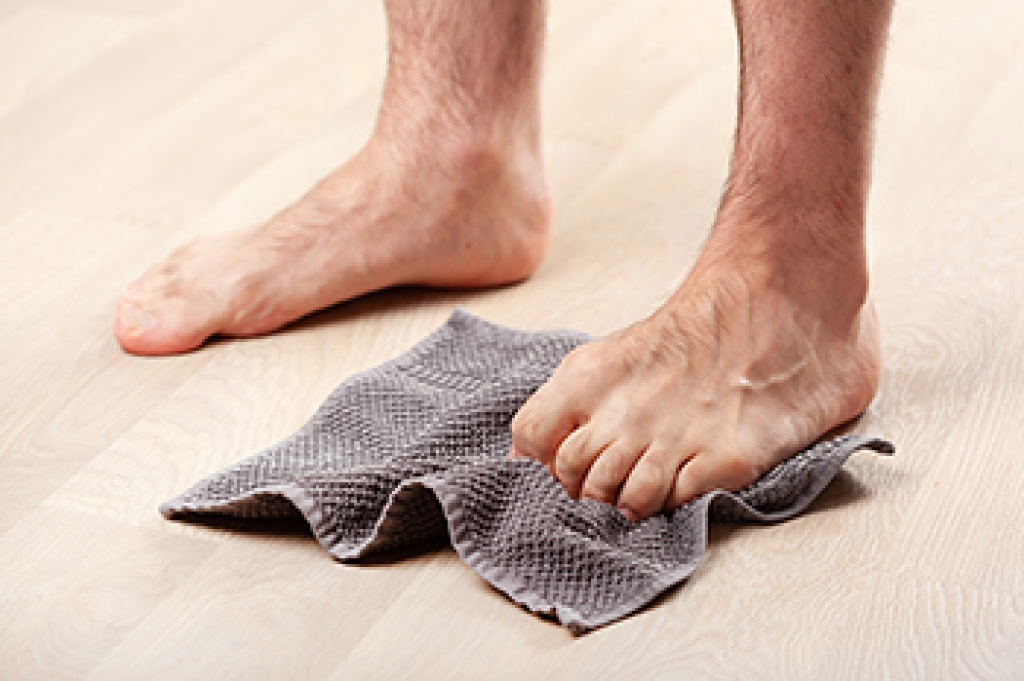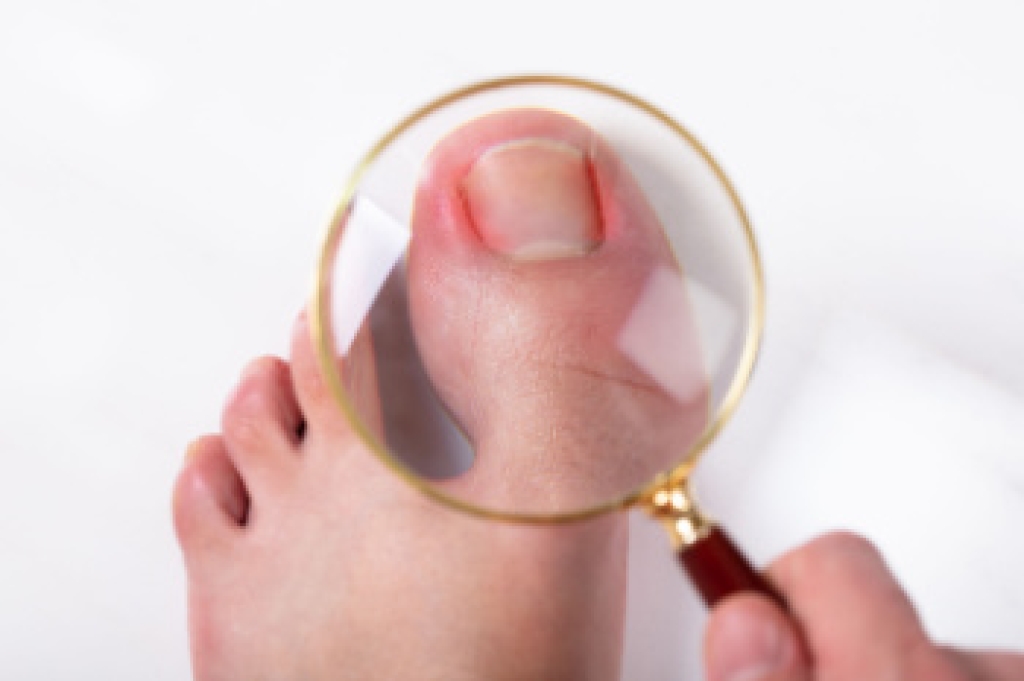
Wearing high heels often leads to blisters due to friction, pressure, and lack of cushioning. Wearing tight or poorly fitted shoes can rub against the skin, creating irritation and fluid-filled pockets that cause discomfort. High heels also force the foot into unnatural positions, increasing strain on certain areas. To prevent blisters, consider buying heels a size larger for extra space, choosing wedges for better balance, and alternating shoes to reduce pressure points. Moisture-wicking socks or hosiery and protective pads can also help. A podiatrist can safely treat existing blisters, recommend proper footwear, and offer advice to prevent future irritation. If you have blisters from wearing high heels, it is suggested that you consult a podiatrist who can treat various foot conditions, and guide you on better high heel options.
Blisters may appear as a single bubble or in a cluster. They can cause a lot of pain and may be filled with pus, blood, or watery serum. If your feet are hurting, contact Gary Saphire, DPM of Parkway Podiatry. Our doctor can provide the care you need to keep you pain-free and on your feet.
Foot Blisters
Foot blisters are often the result of friction. This happens due to the constant rubbing from shoes, which can lead to pain.
What Are Foot Blisters?
A foot blister is a small fluid-filled pocket that forms on the upper-most layer of the skin. Blisters are filled with clear fluid and can lead to blood drainage or pus if the area becomes infected.
Symptoms
(Blister symptoms may vary depending on what is causing them)
- Bubble of skin filled with fluid
- Redness
- Moderate to severe pain
- Itching
Prevention & Treatment
In order to prevent blisters, you should be sure to wear comfortable shoes with socks that cushion your feet and absorb sweat. Breaking a blister open may increase your chances of developing an infection. However, if your blister breaks, you should wash the area with soap and water immediately and then apply a bandage to the affected area. If your blisters cause severe pain it is important that you call your podiatrist right away.
If you have any questions, please feel free to contact our office located in Brooklyn, NY . We offer the newest diagnostic and treatment technologies for all your foot care needs.







